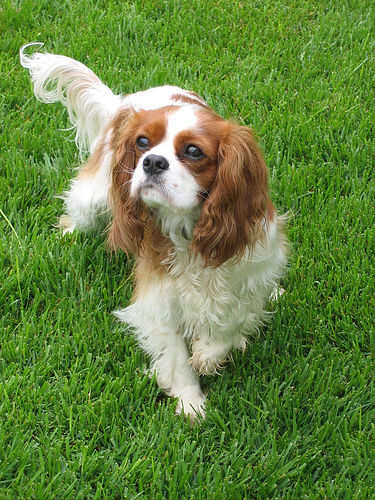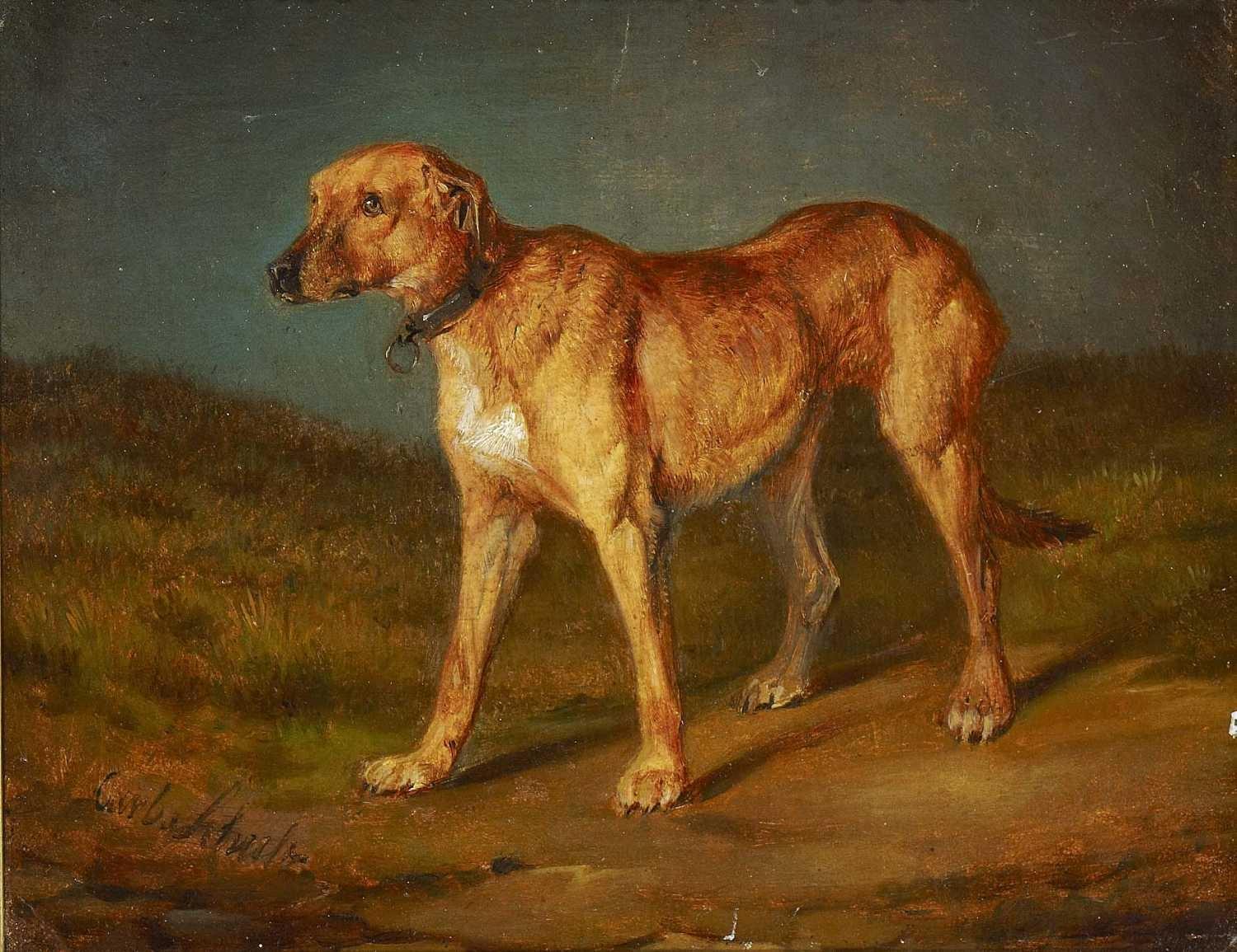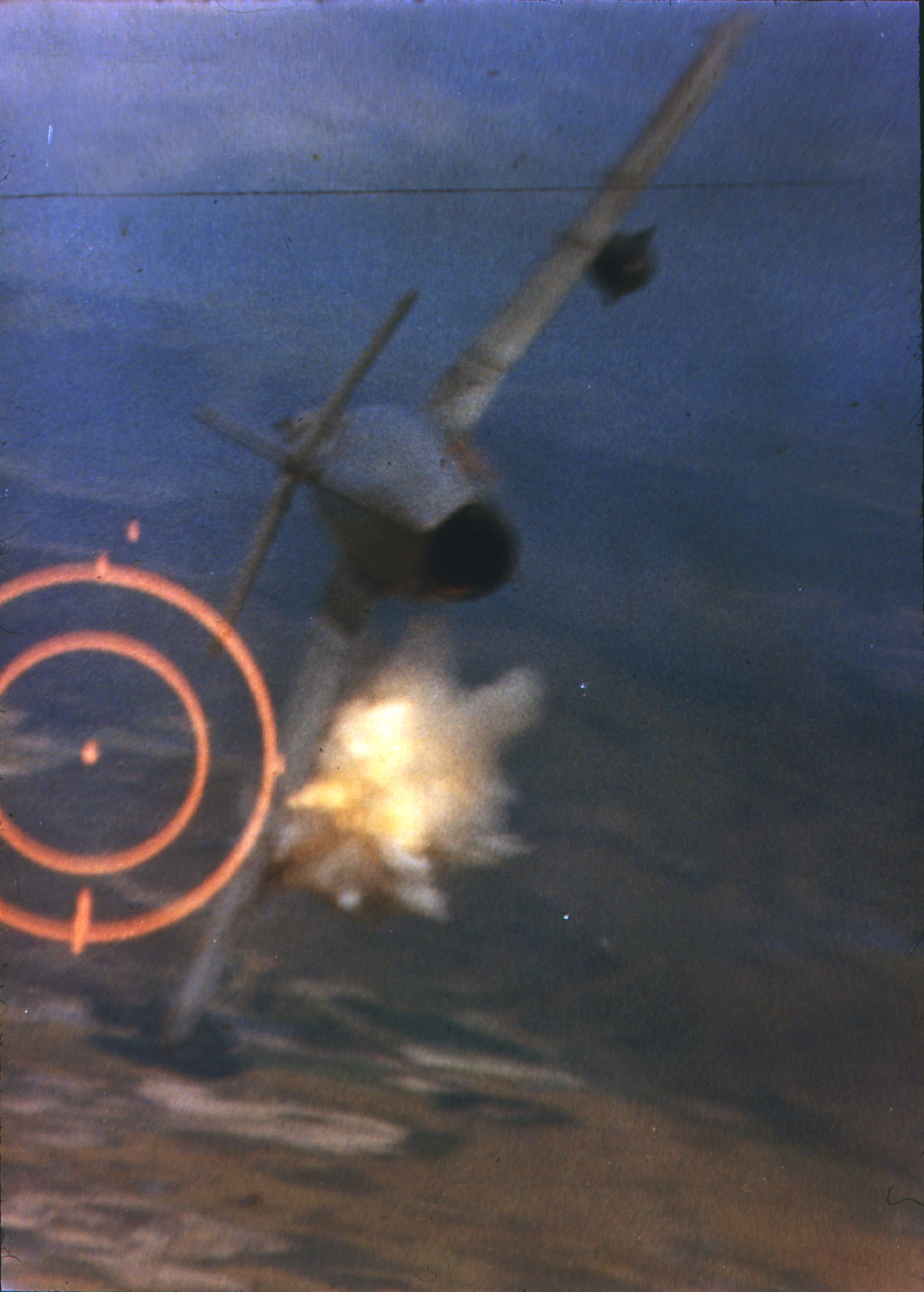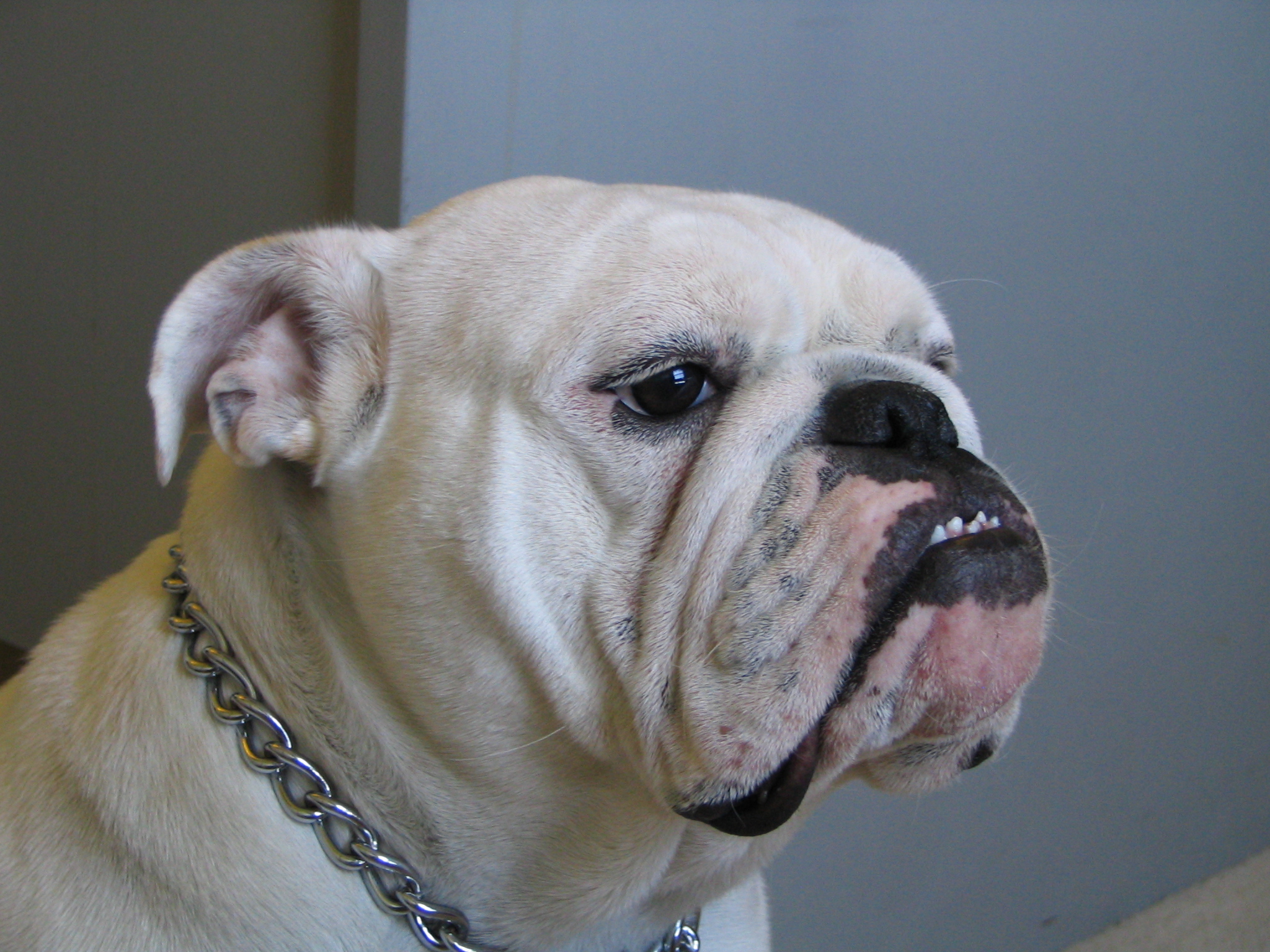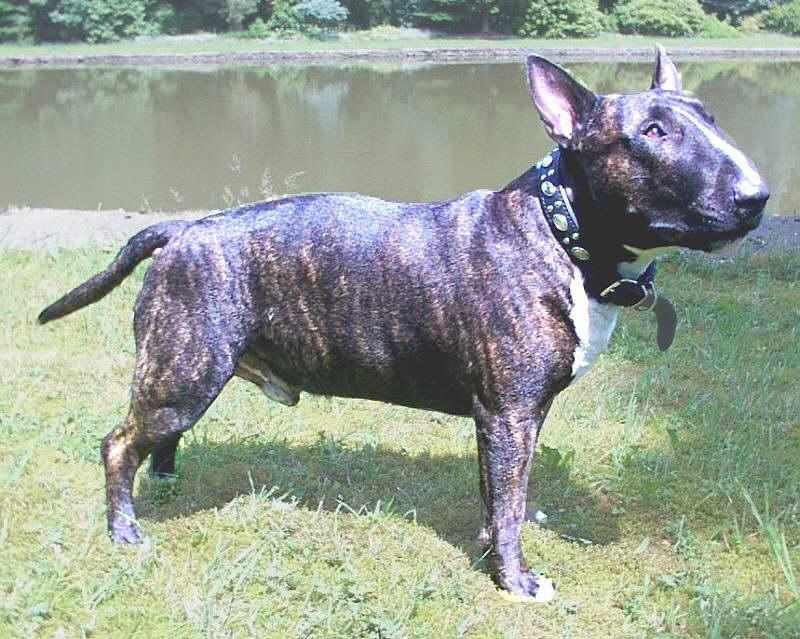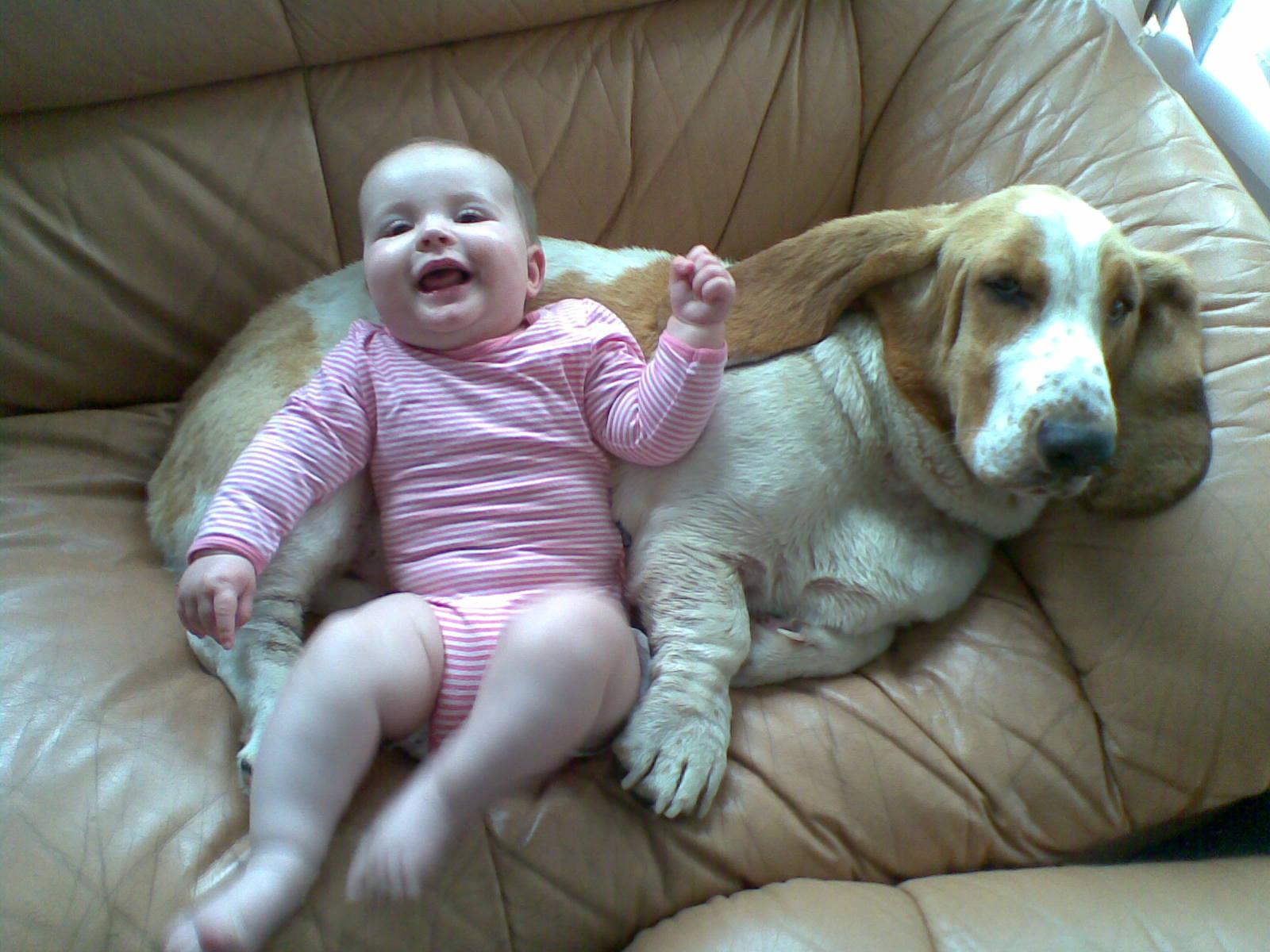|
Pedigree Dogs Exposed
''Pedigree Dogs Exposed'' is a BBC One investigative documentary, produced by Jemima Harrison, which looks into health and welfare issues facing pedigree dogs in the United Kingdom. It was originally broadcast on 19 August 2008. The Kennel Club (KC), the governing body of pedigree dogs in the UK which runs the prestigious dog breed show Crufts, was criticised for allowing breed standards, judging standards and breeding practices to compromise the health of pedigree dogs. The programme generated much criticism of the Kennel Club. It also caused various sponsors and trade exhibitors to withdraw their participation from Crufts and other Kennel Club events. The BBC—which had broadcast Crufts for 42 years—withdrew its coverage of Crufts for 2009, and chose not to renew it thereafter. The Kennel Club initially denied the filmmakers' assertion that many of the dogs suffered from diseases and stated that the vast majority of dog breeds are healthy. It also lodged a complaint with ... [...More Info...] [...Related Items...] OR: [Wikipedia] [Google] [Baidu] |
Documentary Film
A documentary film or documentary is a non-fictional film, motion-picture intended to "document reality, primarily for the purposes of instruction, education or maintaining a Recorded history, historical record". Bill Nichols (film critic), Bill Nichols has characterized the documentary in terms of "a filmmaking practice, a cinematic tradition, and mode of audience reception [that remains] a practice without clear boundaries". Early documentary films, originally called "actuality films", lasted one minute or less. Over time, documentaries have evolved to become longer in length, and to include more categories. Some examples are Educational film, educational, observational and docufiction. Documentaries are very Informational listening, informative, and are often used within schools as a resource to teach various principles. Documentary filmmakers have a responsibility to be truthful to their vision of the world without intentionally misrepresenting a topic. Social media platfor ... [...More Info...] [...Related Items...] OR: [Wikipedia] [Google] [Baidu] |
Cavalier King Charles Spaniel
The Cavalier King Charles Spaniel is a British breed of toy dog of spaniel type. Four colours are recognised: Blenheim (chestnut and white), tricolour (black/white/tan), black and tan, and ruby; the coat is smooth and silky. The lifespan is usually between eight and twelve years. The Cavalier King Charles changed dramatically in the late seventeenth century, when it was inter-bred with flat-nosed breeds. Until the 1920s, it shared the same history as the smaller King Charles Spaniel. Breeders attempted to recreate what they considered to be the original configuration – a dog resembling Charles II's spaniel of the English Civil War period, when supporters of the king were known as Cavaliers. History During the early part of the 18th century, John Churchill, 1st Duke of Marlborough, kept red and white King Charles type spaniels for hunting. The duke recorded that they were able to keep up with a trotting horse. His estate was named Blenheim in honour of his victory at t ... [...More Info...] [...Related Items...] OR: [Wikipedia] [Google] [Baidu] |
Culling
In biology, culling is the process of segregating organisms from a group according to desired or undesired characteristics. In animal breeding, it is the process of removing or segregating animals from a breeding stock based on a specific trait. This is done to exaggerate desirable characteristics, or to remove undesirable characteristics by altering the genetic diversity of the population. For livestock and wildlife, culling often refers to the act of killing removed animals based on their individual characteristics, such as their sex or species membership, or as a means of preventing infectious disease transmission. In fruits and vegetables, culling is the sorting or segregation of fresh harvested produce into marketable lots, with the non-marketable lots being discarded or diverted into food processing or non-food processing activities. This usually happens at collection centres located at, or close to farms. Etymology The word ''cull'' comes from the Latin verb '' coll ... [...More Info...] [...Related Items...] OR: [Wikipedia] [Google] [Baidu] |
Rhodesian Ridgeback
The Rhodesian Ridgeback is a large dog breed bred in the Southern Africa region. Its forebears can be traced to the semi-domesticated ridged hunting and guardian dogs of the Khoikhoi. These were interbred with European dogs by the early colonists of the Cape Colony of southern Africa. The original breed standard was drafted by F. R. Barnes, in Bulawayo, Southern Rhodesia (now Zimbabwe), in 1922, and approved by the South African Kennel Union in 1927. The Rhodesian Ridgeback at present is the only registered breed indigenous to Southern Africa. History The Khoikhoi people who lived the Cape Peninsula when the Dutch began trading with the area during the mid 17th century, had a semi-wild hunting dog which was described by Europeans as absolutely fearless and ferocious when acting as a guard dog. This dog measured approximately at the withers, with a lean but muscular frame. The ears have been described both as erect but later described as hanging due to interbreeding with Euro ... [...More Info...] [...Related Items...] OR: [Wikipedia] [Google] [Baidu] |
Eugenics
Eugenics ( ; ) is a fringe set of beliefs and practices that aim to improve the genetic quality of a human population. Historically, eugenicists have attempted to alter human gene pools by excluding people and groups judged to be inferior or promoting those judged to be superior. In recent years, the term has seen a revival in bioethical discussions on the usage of new technologies such as CRISPR and genetic screening, with a heated debate on whether these technologies should be called eugenics or not. The concept predates the term; Plato suggested applying the principles of selective breeding to humans around 400 BC. Early advocates of eugenics in the 19th century regarded it as a way of improving groups of people. In contemporary usage, the term ''eugenics'' is closely associated with scientific racism. Modern bioethicists who advocate new eugenics characterize it as a way of enhancing individual traits, regardless of group membership. While eugenic principles have be ... [...More Info...] [...Related Items...] OR: [Wikipedia] [Google] [Baidu] |
Ridge
A ridge or a mountain ridge is a geographical feature consisting of a chain of mountains or hills that form a continuous elevated crest for an extended distance. The sides of the ridge slope away from the narrow top on either side. The lines along the crest formed by the highest points, with the terrain dropping down on either side, are called the ridgelines. Ridges are usually termed hills or mountains as well, depending on size. Smaller ridges, especially those leaving a larger ridge, are often referred to as spurs. Types There are several main types of ridges: ;Dendritic ridge: In typical dissected plateau terrain, the stream drainage valleys will leave intervening ridges. These are by far the most common ridges. These ridges usually represent slightly more erosion resistant rock, but not always – they often remain because there were more joints where the valleys formed or other chance occurrences. This type of ridge is generally somewhat random in orientation, often ... [...More Info...] [...Related Items...] OR: [Wikipedia] [Google] [Baidu] |
Dogfighting
A dogfight, or dog fight, is an aerial battle between fighter aircraft conducted at close range. Dogfighting first occurred in Mexico in 1913, shortly after the invention of the airplane. Until at least 1992, it was a component in every major war, though with steadily declining frequency. Since then, longer-range weapons have made dogfighting largely obsolete. Modern terminology for air-to-air combat is air combat maneuvering (ACM), which refers to tactical situations requiring the use of individual basic fighter maneuvers (BFM) to attack or evade one or more opponents. This differs from aerial warfare, which deals with the strategy involved in planning and executing various missions. Etymology The term ''dogfight'' has been used for centuries to describe a melee: a fierce, fast-paced close quarters battle between two or more opponents. The term gained popularity during World War II, although its origin in air combat can be traced to the latter years of World War I. One of t ... [...More Info...] [...Related Items...] OR: [Wikipedia] [Google] [Baidu] |
German Shepherd Dog
The German Shepherd or Alsatian is a German breed of working dog of medium to large size. The breed was developed by Max von Stephanitz using various traditional German herding dogs from 1899. It was originally bred as a herding dog, for herding sheep. It has since been used in many other types of work, including disability assistance, search-and-rescue, police work, and warfare. It is commonly kept as a companion dog, and according to the Fédération Cynologique Internationale had the second-highest number of annual registrations in 2013. History During the 1890s, attempts were being made to standardise dog breeds. Dogs were being bred to preserve traits that assisted in their job of herding sheep and protecting their flocks from predators. In Germany this was practised within local communities, where shepherds selected and bred dogs. It was recognised that the breed had the necessary skills for herding sheep, such as intelligence, speed, strength and keen senses o ... [...More Info...] [...Related Items...] OR: [Wikipedia] [Google] [Baidu] |
Bulldog
The Bulldog is a British breed of dog of mastiff type. It may also be known as the English Bulldog or British Bulldog. It is of medium size, a muscular, hefty dog with a wrinkled face and a distinctive pushed-in nose."Get to Know the Bulldog" , 'The American Kennel Club'. Retrieved 29 May 2014 It is commonly kept as a ; in 2013 it was in twelfth place on a list of the breeds most frequently registered worldwide. The Bulldog has a longstanding association with ; the |
Bull Terrier
The Bull Terrier is a breed of dog in the terrier family. There is also a miniature version of this breed which is officially known as the Miniature Bull Terrier. Appearance The Bull Terrier's most recognizable feature is its head, described as 'egg-shaped head', when viewed from the front; the top of the skull is almost flat. The profile curves gently downwards from the top of the skull to the tip of the nose, which is black and bent downwards at the tip, with well-developed nostrils. The lower jaw is deep and strong. The unique triangular eyes are small, dark, and deep-set. Bull Terriers are the only dogs that have triangular eyes. The body is full and round, with strong, muscular shoulders. The tail is carried horizontally. They are either white, red, fawn, black, brindle, or a combination of these. Temperament Bull Terriers can be both independent and stubborn and for this reason are not considered suitable for an inexperienced dog owner. A Bull Terrier has an even temper ... [...More Info...] [...Related Items...] OR: [Wikipedia] [Google] [Baidu] |
Basset Hound
The Basset Hound is a short-legged breed of dog in the hound family. The Basset is a scent hound that was originally bred for the purpose of hunting hare. Their sense of smell and ability to ''ground-scent'' is second only to the Bloodhound.Hart, Ernest H. ''This Is the Basset Hound'', T.F.H. Books, 1974. Basset Hounds are one of six recognized " basset"-type breeds in France. The name ''Basset'' is derived from the French word ''bas'', meaning 'low', with the attenuating suffix ''-et''—together meaning 'rather low'. Basset Hounds are usually bicolours or tricolours of standard hound coloration. Description Appearance Bassets are large, short, solid and long, with curved sabre tails held high over their long backs. An adult dog weighs between . This breed, relative to its size, is heavier-boned than any other. This breed, like its ancestor the Bloodhound, has a hanging skin structure, which causes the face to tend to have a sad look; this, for many people, adds to the ... [...More Info...] [...Related Items...] OR: [Wikipedia] [Google] [Baidu] |
Dachshund
The dachshund ( or ; German: "badger dog"), also known as the wiener dog, badger dog, and sausage dog, is a short-legged, long-bodied, hound-type dog breed. The dog may be smooth-haired, wire-haired, or long-haired, and comes in a variety of colors. The standard-sized dachshund was developed to scent, chase, and flush out badgers and other burrow-dwelling animals. The miniature dachshund was bred to hunt small animals such as rabbits. According to the American Kennel Club, the dachshund was ranked 12th in popularity among dog breeds in the United States in 2018. Etymology The name ''dachshund'' is of German origin and literally means "badger dog," from ("badger") and ("hound, dog"). The German word is pronounced . The pronunciation varies in English: variations of the first and second syllables include , and , , . It may be incorrectly pronounced as ''hound'' by some English speakers. Although is a German word, in modern German they are more commonly known by the sh ... [...More Info...] [...Related Items...] OR: [Wikipedia] [Google] [Baidu] |
